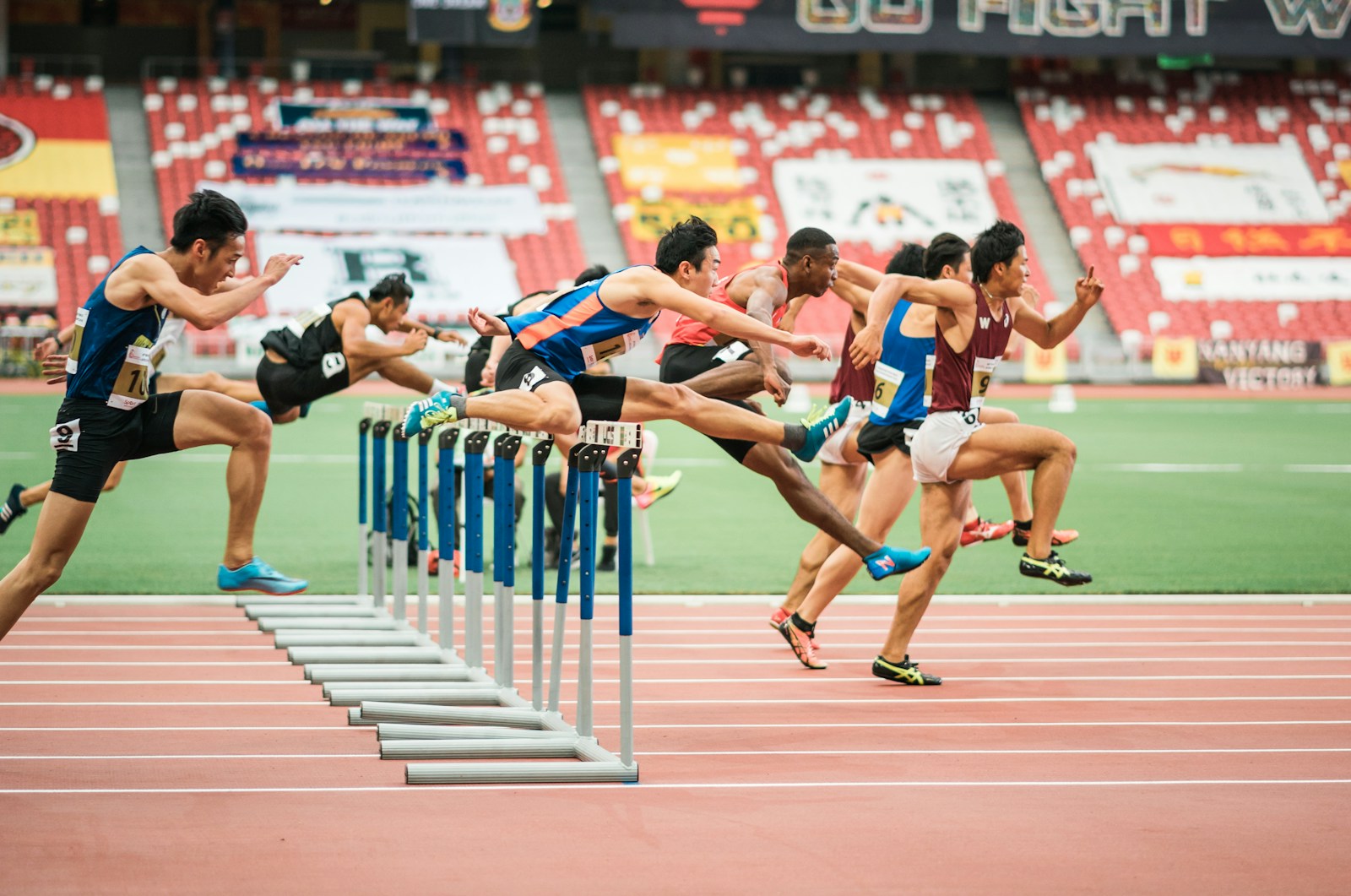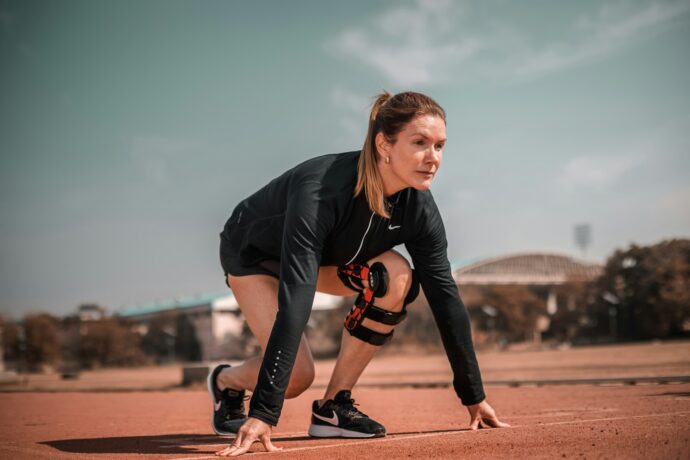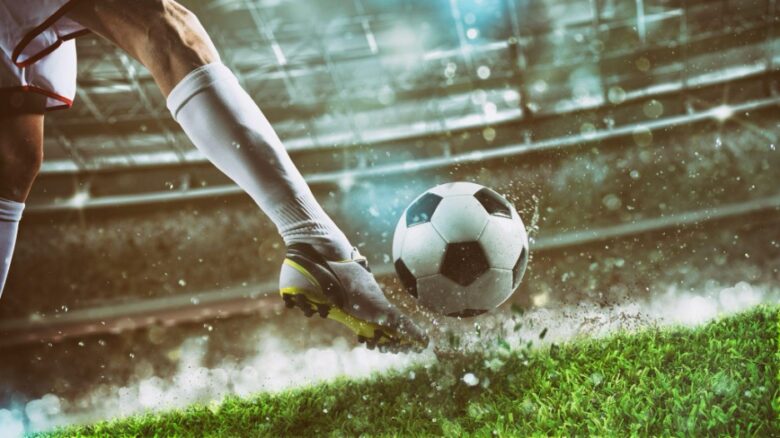
Balancing skill development, speed, and strength has always been a challenge for athletes who strive for all-around excellence. Many training programs tend to emphasize one area while neglecting others, but complex training offers a smarter approach. This method blends explosive strength work with skill refinement and speed drills to create a more complete and adaptable performer. For those who enjoy exploring the boundaries of performance—whether in the gym or during a fun break at crazy time casino india—the blend of unpredictability and strategy reflects what complex training is all about: adapting, reacting, and performing under pressure.
Understanding the Core of Complex Training
Complex training is a structured combination of strength exercises and plyometric or explosive movements performed in succession. The concept is rooted in post-activation potentiation (PAP), a physiological response that temporarily enhances muscle power after heavy lifting. For instance, performing squats followed by jump squats primes the muscles to produce greater force at higher speeds.
This approach isn’t just for advanced athletes. With careful progression, even intermediate-level trainees can benefit from pairing compound lifts with fast, dynamic movements. The goal is to stimulate the neuromuscular system, increasing the body’s ability to produce force rapidly—a skill essential for sports performance.
The Three Pillars: Strength, Speed, and Skill
Developing an effective complex training program requires balancing three elements that interact closely but demand different types of focus.
Strength forms the foundation. Without a strong base, explosive movements lack the stability necessary to generate power safely. Resistance training builds muscle density, enhances coordination between motor units, and improves the efficiency of each contraction.
Speed is where power meets precision. Sprint drills, plyometrics, and reaction-based exercises teach the body to express strength quickly. These drills should mirror the timing and rhythm of the sport to ensure real-world applicability.
Skill ties everything together. Technical drills, movement patterns, and sport-specific actions transform physical improvements into usable performance. Complex training encourages athletes to practice technical skills immediately after a strength-power sequence, reinforcing movement patterns while the nervous system is still highly activated.
How to Build an Effective Complex Training Routine
When designing a program, the sequence of exercises matters as much as the selection itself. Here’s how to structure sessions for maximum benefit:
- Pair movements strategically: Match a heavy lift with an explosive counterpart (e.g., deadlifts with box jumps, bench press with clap push-ups).
- Limit fatigue: Keep rest periods between 2–4 minutes to maintain the potentiation effect without letting energy levels crash.
- Train for quality, not quantity: Focus on form, speed, and precision in every repetition.
- Cycle intensity: Alternate heavy and lighter weeks to allow recovery and continued adaptation.
A well-rounded session might look like this:
- Warm-up with mobility drills and activation exercises.
- Perform 3–4 complex pairs of strength and plyometric moves.
- Finish with sport-specific drills or light conditioning.
Integrating Skill Practice with Power Development
Skill work should never be treated as an afterthought. When integrated into a complex training framework, it becomes the final stage of physical expression. After priming the muscles with explosive work, transitioning into drills that mimic real game movements can solidify neuromuscular connections.
For example, a basketball player might execute a sequence of weighted squats, depth jumps, and then shooting drills focusing on rapid footwork and accuracy. The heightened activation from the strength and plyometric components enhances body awareness and control during technical execution.
The Role of Recovery and Adaptation
Complex training places significant demand on both muscles and the nervous system. Without adequate recovery, the benefits can quickly turn into fatigue or overtraining. Rest days, sleep quality, and nutrition are crucial in maintaining long-term progress. Incorporating active recovery—like light jogging, yoga, or mobility sessions—helps the body stay primed for the next workout while reducing stiffness.
Tracking progress is equally essential. Athletes should monitor metrics like jump height, sprint time, or bar speed to assess improvements. Adjusting intensity and volume based on performance feedback ensures that every phase of training delivers tangible gains.
Why Complex Training Works
The true magic of complex training lies in its integration of mind and body. It teaches the athlete to transition smoothly from controlled strength to reactive movement—a critical skill in almost any sport. Beyond measurable improvements in speed and power, it also builds confidence in dynamic environments, where quick adaptation often decides success.
This method embodies the essence of modern athletic development: efficiency, adaptability, and functional excellence. By fusing skill mastery with physical capability, complex training doesn’t just create stronger athletes—it shapes complete ones.
In the end, the most powerful results come from the seamless interaction of strength, speed, and skill. When trained together, they transform the body into a coordinated system capable of responding with both precision and force—a hallmark of peak athletic performance.



